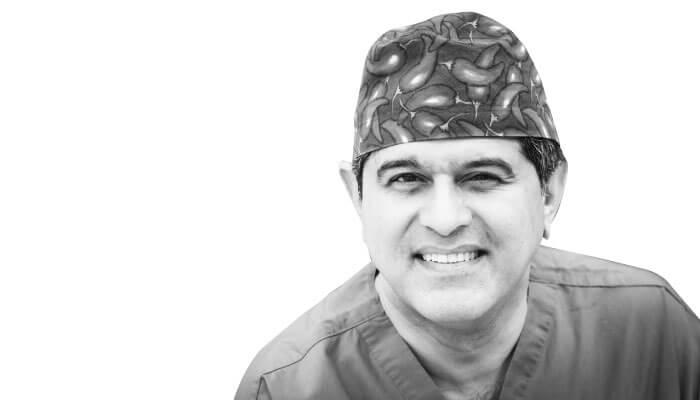
Recently, a series of patients who had received a particular IOL began to complain of deteriorating vision. Many underwent YAG capsulotomies thinking this was the cause of the opacity, but with no benefit. The reason? These patients had all received IOLs from batches that turned out to be prone to calcification. Fortunately, the incidence of lens calcification was low (0.08 percent), and the manufacturer asserts that the problem has now been solved; but that is of little comfort to the affected patients. Furthermore, other individuals with calcifying lenses may be identified in the future – so what can the surgeon do in these cases? Here are my thoughts on the appropriate procedure, based on performance of many lens exchanges over the last few years.
Calcified lenses can be relatively easy to dissect out, when the capsule is intact. That said, there is sometimes considerable fibrosis around the haptics; in this situation, I advise surgeons to use the viscoelastic to gently tease out the haptic: inject it in a plane between the anterior capsule and the haptic, from one end to the other, and then address the equator.
A critical part of the procedure is to separate the anterior capsule from the posterior capsule all the way to the equator. This process can take some time, but it is essential to ensure that the replacement lens will be accommodated within the bag without tilt or decentration. Be aware of the risk of zonular dehiscence, which can occur both intra-operatively and post-operatively. Once the lens is prolapsed into the anterior chamber, I insert a capsular tension ring (CTR) in the bag. This ensures the bag is open out to the equator. The calcified lens can then be moved to one side and the new IOL is implanted into the bag . Next, the calcified lens is cut into two pieces and removed from the eye.
In terms of replacement of IOLs, my experience is that most patients want an implant that gives them spectacle independence. Possibilities include trifocal diffractive implants from Physiol and Zeiss. But whatever model is implanted, I find it tremendously helpful to employ specially designed instruments (MicroSurgical Technologies, Redmond, WA) for manipulating and cutting the lens in the anterior segment. As they can be inserted through paracentesis incisions, they maintain the anterior chamber. and protect the cornea and anterior segment structures.
Unfortunately, some patients with calcified lenses have already had YAG capsulotomy. In these individuals, remedial procedures are much more complicated, especially if the capsule opening is large. My approach is as follows. First, I very cautiously dissect the haptics from the equator of the capsular bag using a dispersive viscoelastic (Viscoat, Alcon, Fort Worth). During this step, I take great care to preserve the zonules and the anterior capsule opening. Also, I inject dispersive viscoelastic posterior to the lens; the idea is to fill the space between the lens and the anterior vitreous so as to avoid vitreous prolapse. Any prolapsed vitreous can be revealed with triamcinolone and removed by vitrectomy using a cutter and a separate irrigation port.
In terms of IOL choice, for patients requiring a greater depth of focus I use either (i) the bifocal diffractive three-piece lens from Alcon (MN60D3) or (ii) a monofocal three-piece lens (Softport LI61SE, Bausch + Lomb, or Acrysof MA60AC, Alcon) with a Plano Sulcoflex trifocal (Rayner, UK) as a piggyback. In both cases, I implant the lens with the haptics in the sulcus with reverse optic capture.
The surgical techniques I have described here are not easy, and carry some risks. But the “wait and see” strategy is also risky: a patient with an opacifying lens will likely experience further vision deterioration, and increasing calcification will further complicate surgery by restricting the surgeon’s view posterior to the lens. In my view, knowing calcification is just going to progress, it is better to play safe and opt for earlier surgery.
